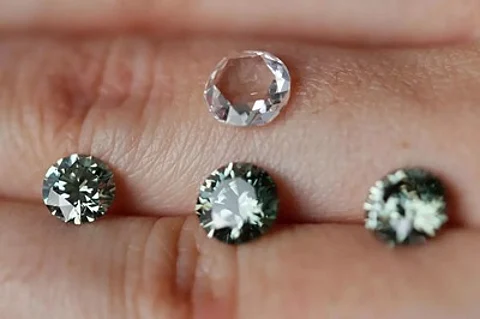

Starting December 1, the Central Board of Indirect Taxes & Customs (CBIC) will require all exporters and importers to specify the manufacturing method of synthetic diamonds during customs declarations, aiming to streamline the processing and inspection of lab-grown diamond consignments.
The updated norms, impacting lab-grown diamonds—also called synthetic or reconstructed diamonds—align with the CBIC’s goal to improve trade facilitation. This growing market, which was valued at $1 billion globally in 2020, is expected to surge to $5 billion by 2025 and could reach over $15 billion by 2035, highlighting the need for more efficient import-export protocols.
According to CBIC’s circular, the new requirements align with the Bill of Entry and Shipping Bill regulations, allowing additional identifiers to be declared upon filing. Specifically, exporters and importers will now indicate one of three manufacturing methods: Chemical Vapour Deposition (CVD), High Pressure-High Temperature (HPHT), or other techniques. This step should significantly improve customs assessments and reduce clearance times, a concern for both industry professionals and policymakers.
Lab-grown diamond exports from India have shown fluctuating trends. After surging by over 100% in 2021-22 and a further 28% in 2022-23, exports experienced a decline of 16.5% in 2023, dropping to $1.4 billion (₹11,611 crore) from $1.68 billion (₹13,468 crore) in the previous year. Although the value of exports has fallen, the volume in carats has continued to grow, reflecting a price correction amid a competitive, non-monopolized market.
The CBIC notes that enhanced transparency could boost the efficiency of assessments and simplify the customs process by reducing inquiries. The circular emphasizes that current import-export data lacks adequate information on the production method, hindering policy formulation, certification procedures, and timely cargo clearance.
Lab-grown diamonds, which are increasingly used not only in jewellery but also in electronics, medical, and defense sectors, have become pivotal in the global and Indian gem markets. The sector contributes around 9% to India’s total merchandise exports, reflecting its critical role in the country’s economy.
This move by CBIC is part of India’s broader strategy to refine customs practices and keep pace with technological advancements in the lab-grown diamond sector.
